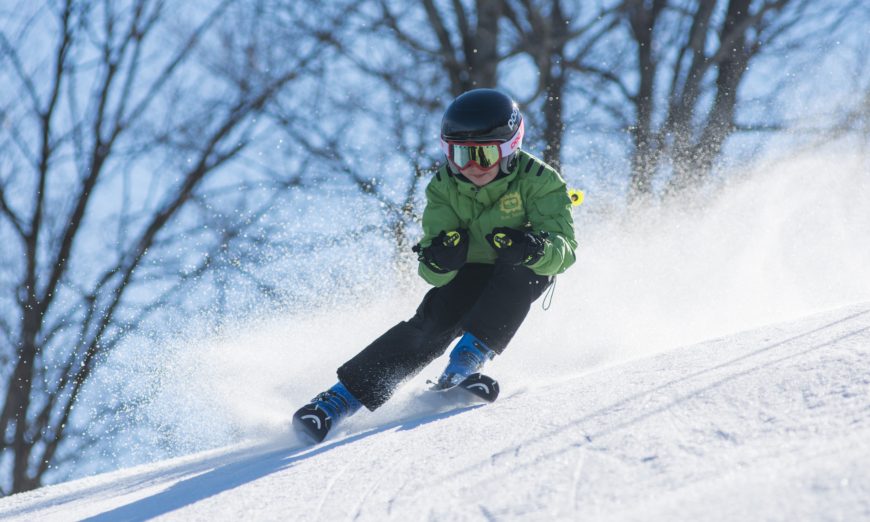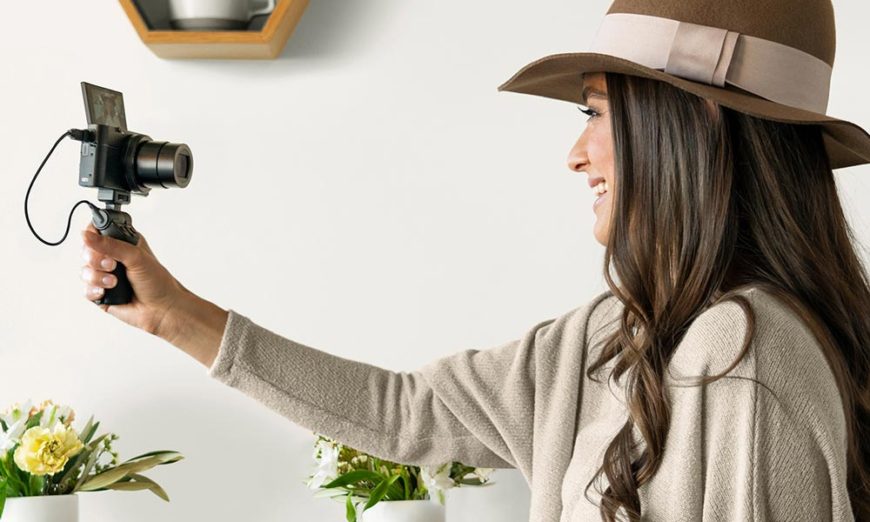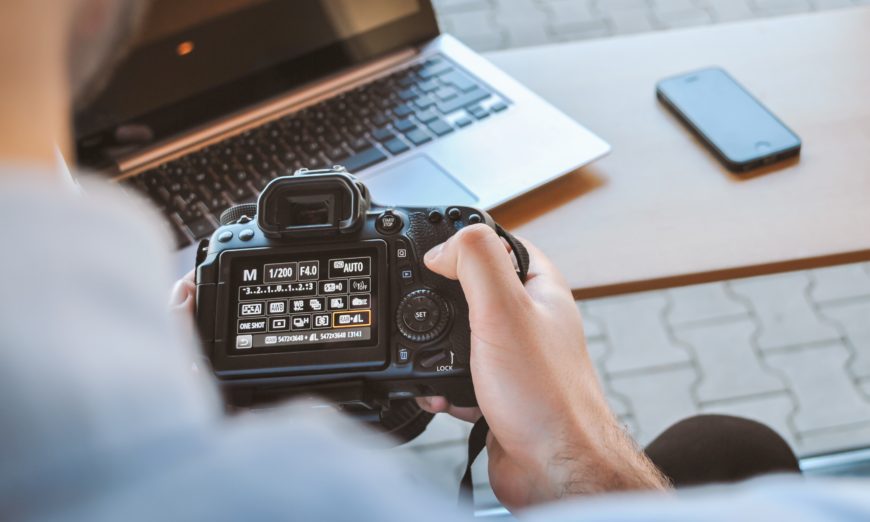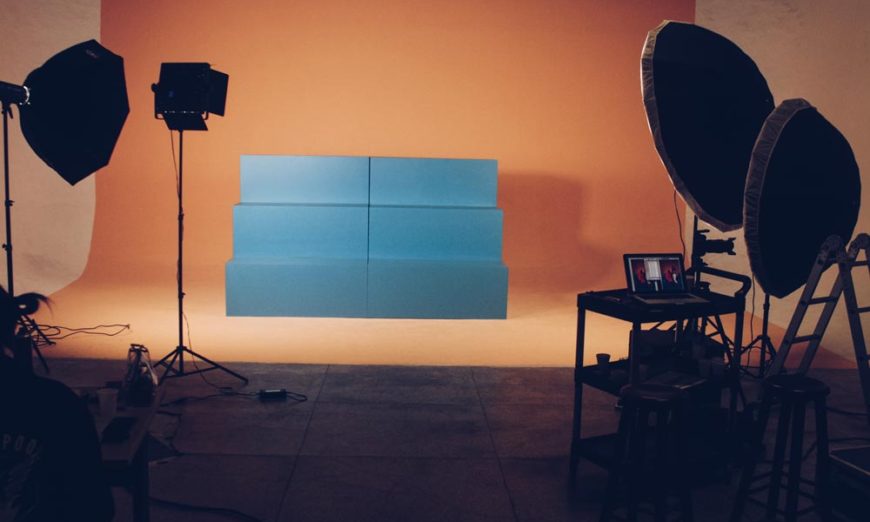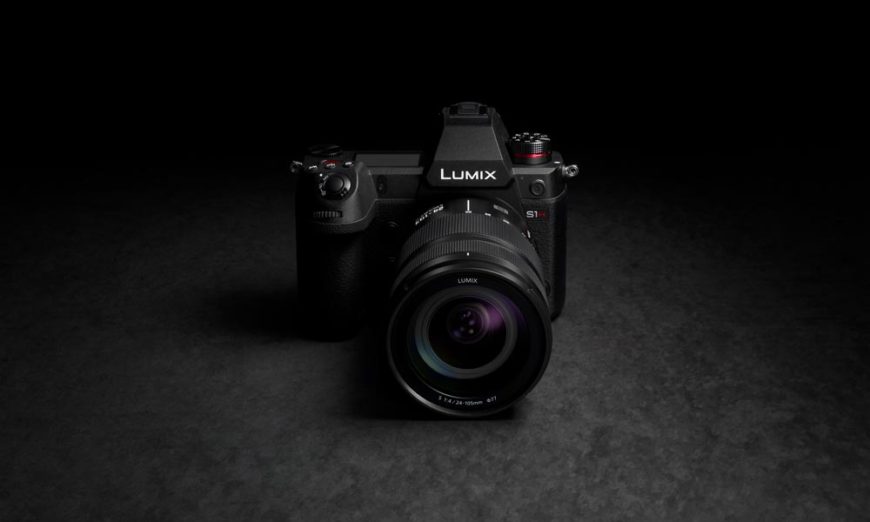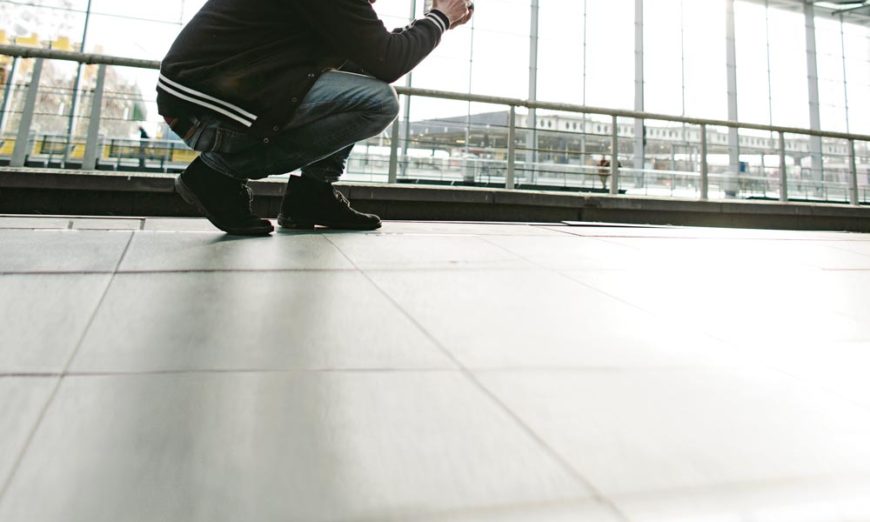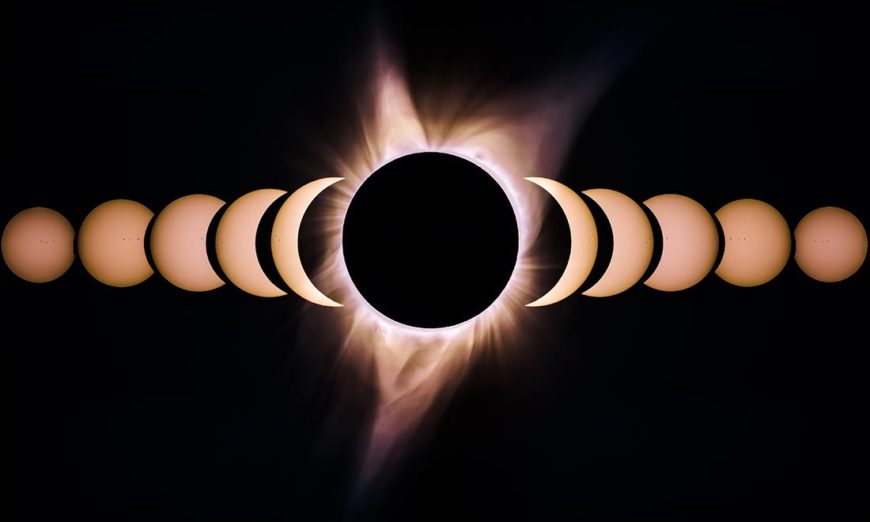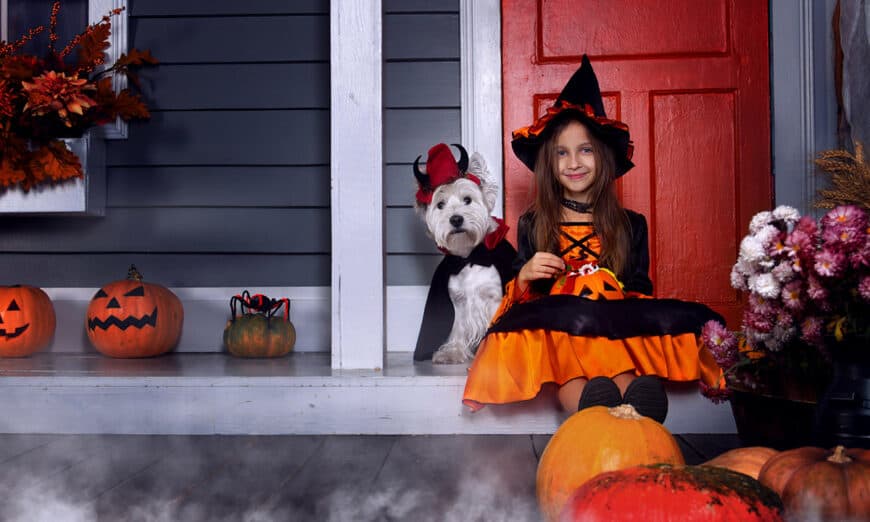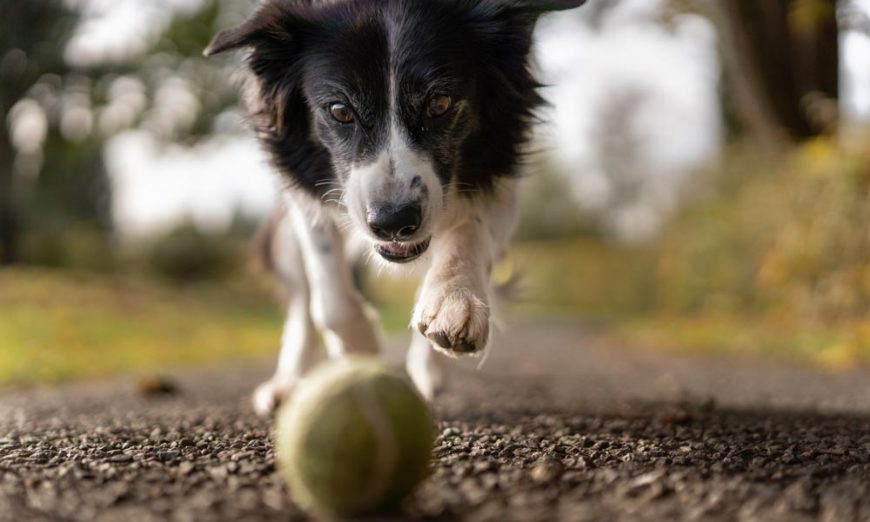Shooting in winter, particularly winter sports, is a great learning experience and can also be a lot of fun. Let’s get through some quick tips to make your images more successful.
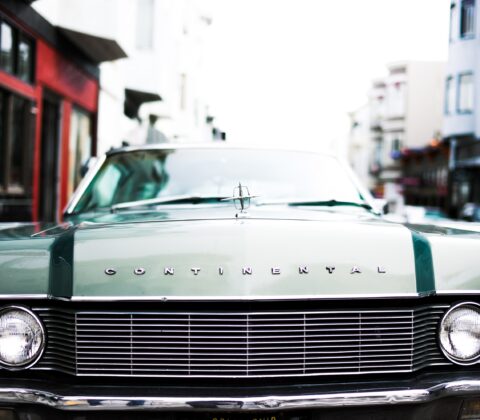
Now's a good time to revisit the Exposure Triangle as the season has changed into Autumnal equinox, which also means a change in outdoor lighting and sceneries that will entice a l... Read More...
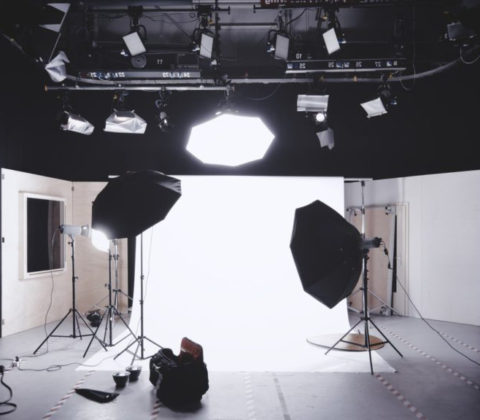
In Setting Up Your First Photo Studio: Part 1, we looked at the ... Read More...
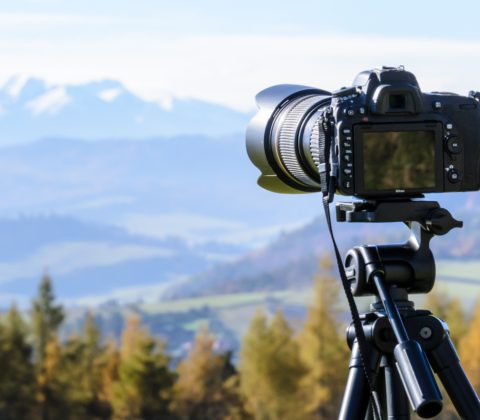
Originally tripods came with a single head. They usually had two arms, one for panning movements, and one for tilt movements, and the mounting plate would also flip to vertical. We... Read More...
If you’re thinking about starting up your own vlog, chances are it’s because you’ve been inspired by some of the many great vloggers on YouTube. You’re probably familiar with what’s in front of the camera – whether it’s comedy, travel, or beauty – but what about the camera itself? As viewers, we might not think about it, but it takes the perfect combination of the right camera equipment and smart videography skills to create those top quality videos. Here’s our guide to everything you need to know to you start […]
Where Should I Store My Photos?
BY Ross Chevalier November 12, 2019 Articles, Gear, Quick Tips
This is a very popular question amongst photographers. As we start to generate a higher volume of images and videos, putting them all on the same hard disk as our operating system and applications makes less and less sense.
Going Pro with Lighting
BY Ross Chevalier November 8, 2019 Articles
You’ve been working hard and doing a lot of test shooting and are ready to start doing serious photography for a positive return. In order to be able to take control of your growth, you must be able to manage light. Professional photographers know that existing light is hard because there’s no output control and it’s pretty hard to direct it where you want to go. That’s why serious pros use lighting. It’s About Flash Stop! No running away. All the stuff you’ve heard or read on the net about […]
In August, Panasonic released the Lumix S1H, a full-frame mirrorless camera that prides itself on being a cinema-quality video camera with the world’s first 6K/24p (3:2)*1 recording capacity. The S1H is a powerhouse loaded with features specifically designed and built to help real world filmmakers overcome obstacles and produce the finest possible quality work. But, is it the right camera for you? Notable Features With a plethora of professional-level standards compacted into a hand-held design, the S1H is undoubtedly powerful. Here are seven notable qualities about the S1H that are […]
Must-Have Gear for the Aspiring Filmaker
BY Lora Grady November 5, 2019 Video
by Lora Grady Looking to take your filmmaking to the next level? No need to break the bank to find the professional-grade gear required to get there. With the easy-to-use products in this kit, you’ll have everything you need to achieve a sharper picture, comprehensive sound, and lighting for just about any environment, in studio or on the go. 1. Sony Alpha A6300 With cutting-edge 4D focus and the world’s fastest autofocus, this lightweight camera allows you to capture clear images, even with fast-moving subjects. Plus, it features multiple movie […]
The Best Landscape Photography Tips
BY Henry's October 31, 2019 Landscapes
Ansel Adams said, “Landscape photography is the supreme test of the photographer – and often the supreme disappointment.” He understood the challenges of landscape photography and how to tackle them. Technology and the advent of digital photography have eliminated many of the technical issues that Ansel faced, but his methods are still helpful to photographers today.
So many people enjoy beautiful time-lapse photography, but they aren’t confident that they have the ability (or the tools) to create such fascinating works. Here’s a glimpse into the world of Time-Lapse photography, along with some step-by-step recommendations so you can join in the fun.
Photography Tricks and Treats
BY Henry's October 23, 2019 Autumn, Quick Tips
Halloween is a favourite holiday for both kids and adults. With some great tips, you can shoot fun images and even add a touch of fantasy or creepiness. Use your imagination and create some Halloween scenes to add to the festive mood of your images. You’ll create some hobgoblin memories you and your family will enjoy for many years. Update your camera gear at Henry’s before the holiday so you don’t miss a single “trick or treat.”
Why Eye-Tracking Autofocus for Video is a Gamechanger When it comes to shooting footage of subject’s face, the clarity and sharpness of the image can really make or break your masterpiece. Crisp, fine details tell a story; vague or out-of-focus imagery prevents the viewer from being fully submersed in the world you’ve captured. That’s why Eye-Tracking Autofocus for video is such a gamechanger. This built-in feature will not only automatically locate and focus on a subject’s eye, but will follow the eye through any movement. Eye AF is an easy-to-use […]
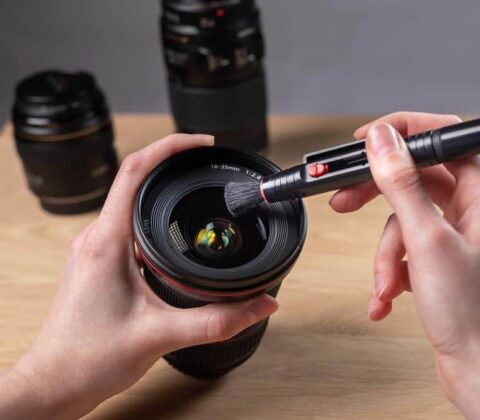
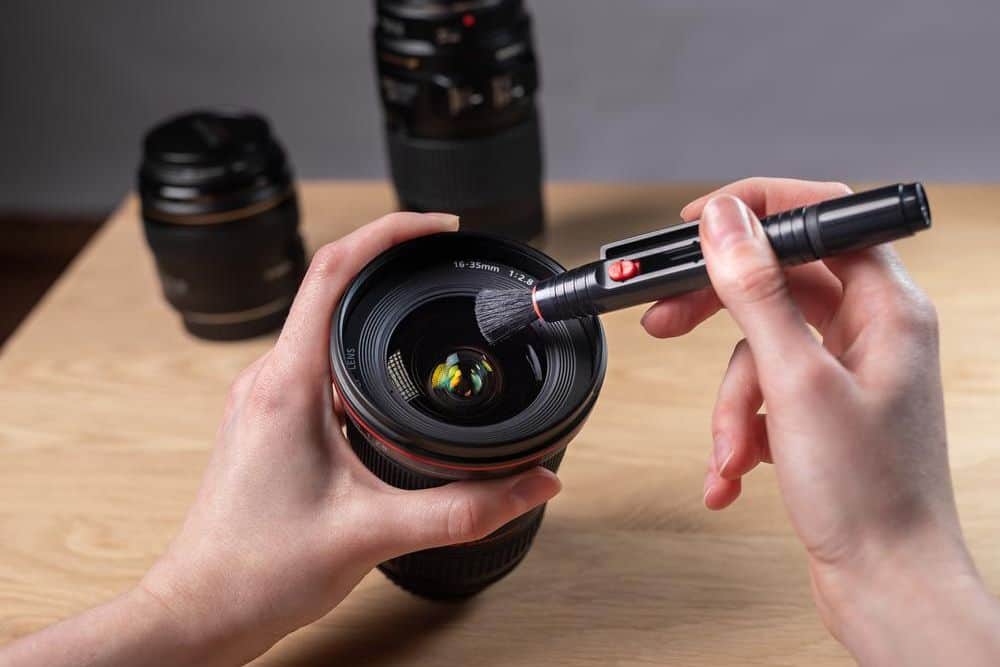 Read More...
Read More...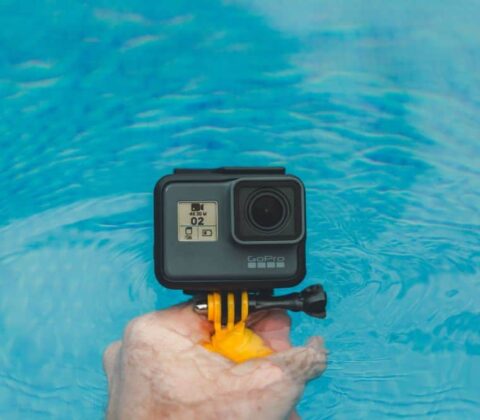
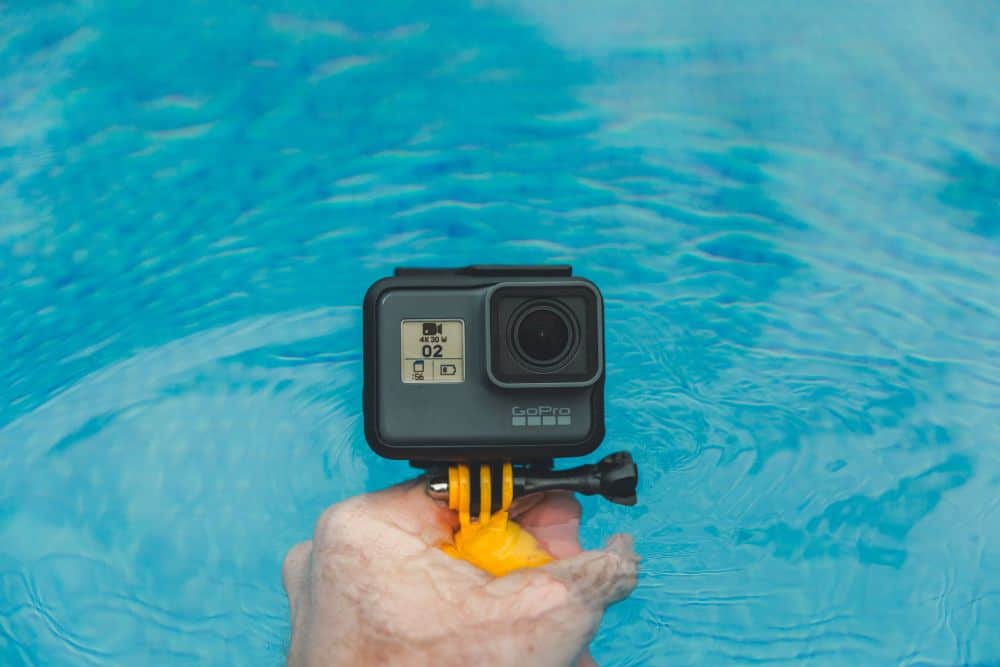
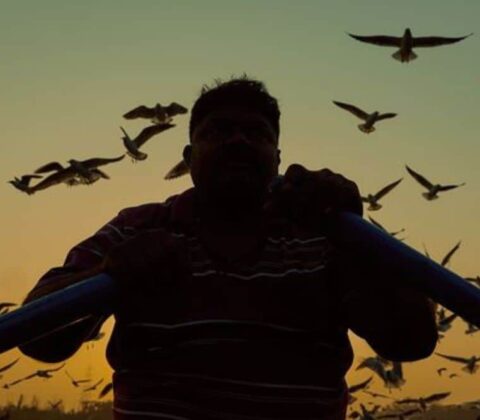
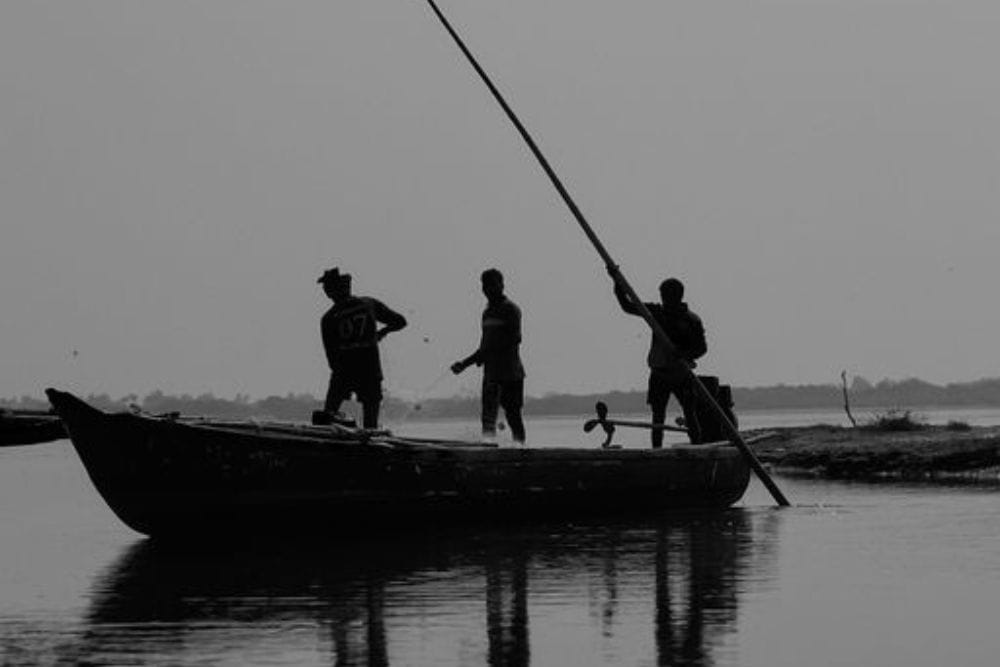 Read More...
Read More...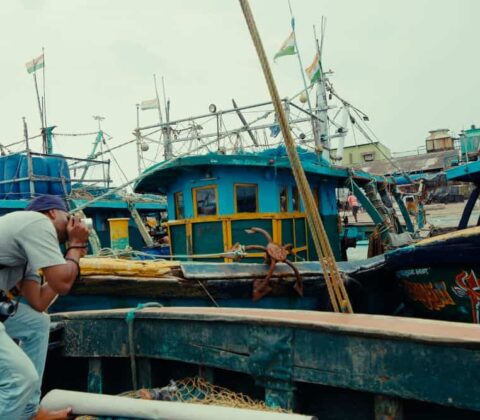
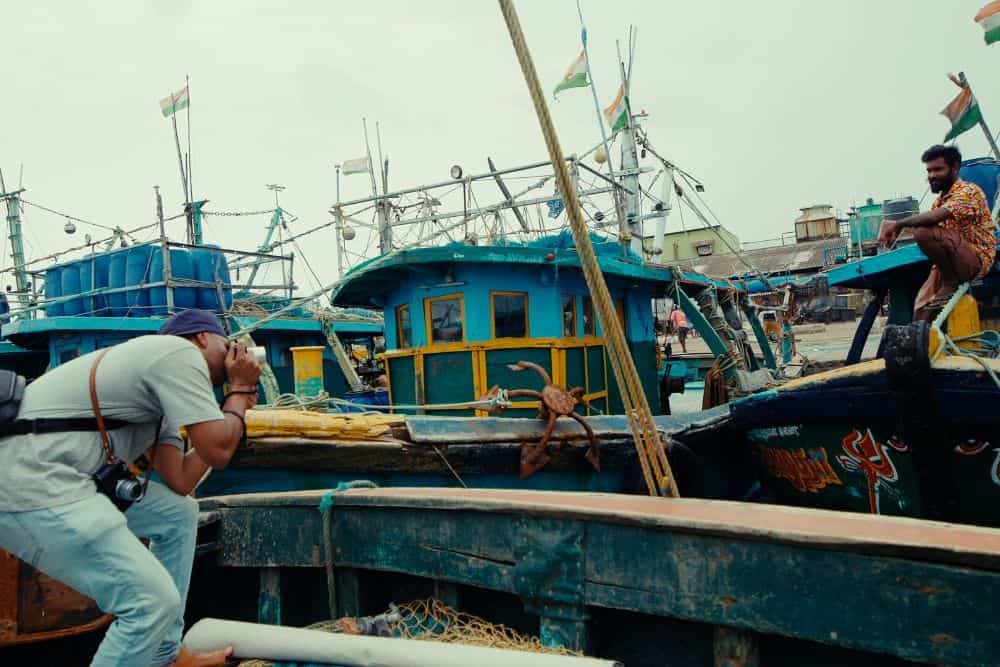
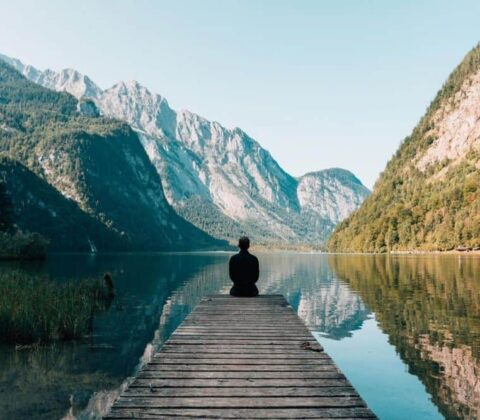
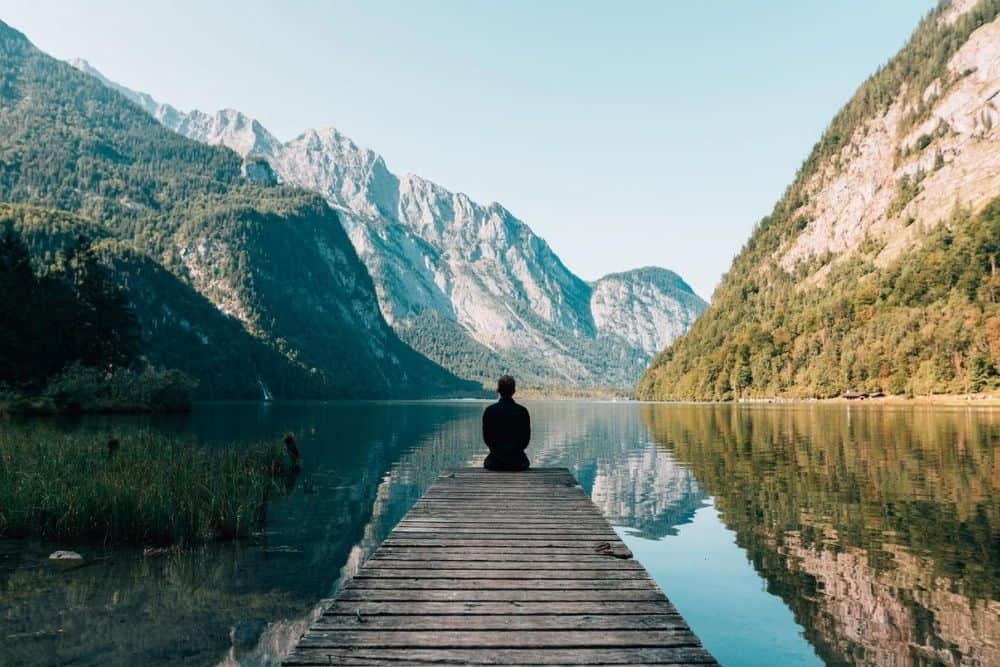 Read More...
Read More...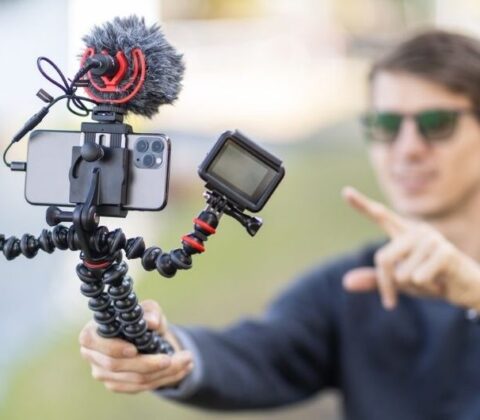
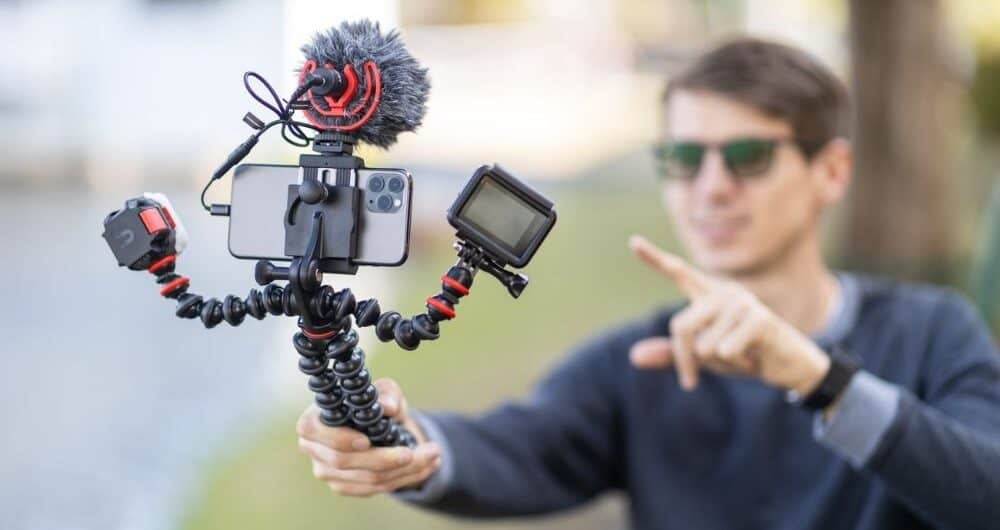 Read More...
Read More...
